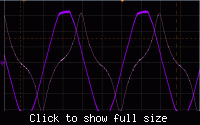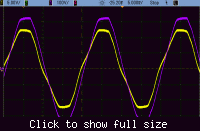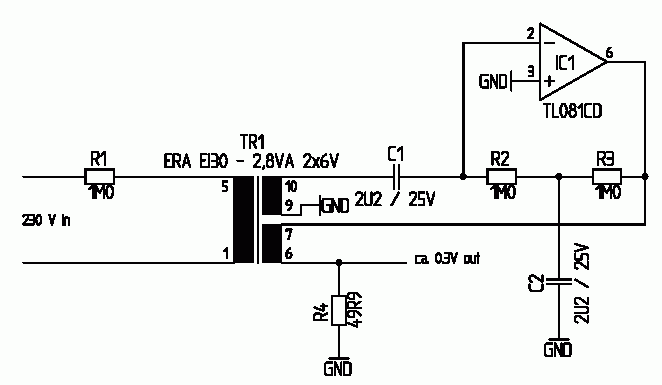rprodrigues
Member level 2
- Joined
- Nov 18, 2006
- Messages
- 49
- Helped
- 0
- Reputation
- 0
- Reaction score
- 0
- Trophy points
- 1,286
- Location
- Itajubá MG Brazil
- Activity points
- 1,653
measure mains voltage isolated
Hello,
What is the best way to measure main voltage with isolation?
Any suggestions ?
Thank you
Hello,
What is the best way to measure main voltage with isolation?
Any suggestions ?
Thank you


